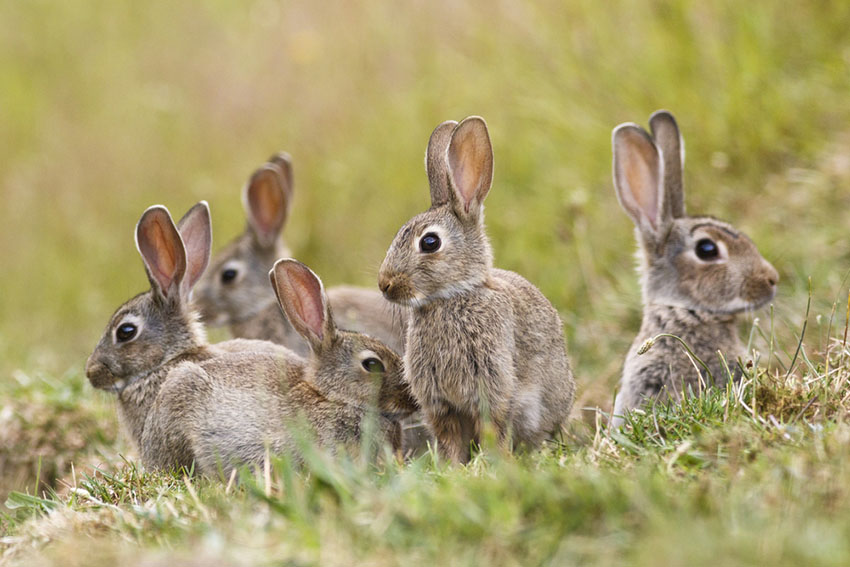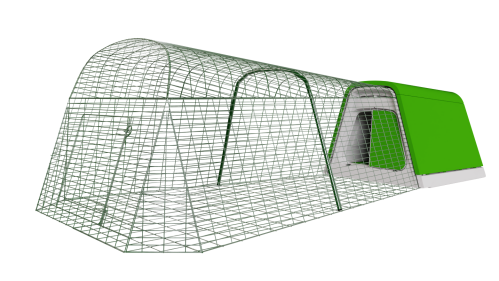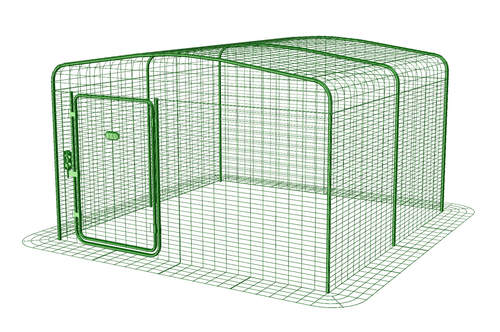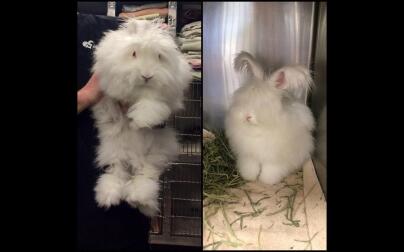The original rabbits came from the southern European mainland. They evolved millions of years ago in the Iberian peninsula. Phoenician merchants used to refer to this part of the world as “I-sephan-im” which means Land of the Rabbits. The word was translated as “Hispana”, or Espana - i.e., Spain. The scientific name for rabbits is Oryctolagus cuniculus, which means “a hare-like digger of underground passages”.
Once the Romans arrived on the peninsula in the 2nd century B.C., they soon had the idea of farming the small creatures. They were originally kept in fenced off areas, but soon the Romans came to learn about the rabbit’s most famous ability, digging. The rabbits kept digging their way out of the secured areas and soon each enclosure had its own set of guards!

Rabbits originated in Spain, which is actually named after them
With the rise of international trade, rabbits soon managed to find their way to every continent in the world except Antarctica. They thrived on farmland, and this combined with their incredibly quick breeding rate they soon established themselves wherever they wanted.
The domestication of the rabbit is believed to have begun when medieval monks began to keep the animals in cages for food. Newly born rabbits, Laurices, were not considered meat and therefore could be eaten during lent. Monks are known to be rather dedicated people and they soon took to selectively breeding rabbits to create new fur colors.
With the industrial revolution, many people started moving from cities to towns, and they took their rabbits with them. Because a single pair of rabbits could produce up to nearly 200lbs of meat a year, they were seen as an important source of food. In 19th century Britain, people began breeding rabbits for shows and competitions. Rabbits are still a key source of food in many countries.








Comments
Stephen, 26 March 2025
When and why did rabbits become known as bunnies?
Ian, 15 May 2018
Interesting article about rabbits. What does it mean to be native, particularly in relation to ice ages? I read somewhere that the Romans only reintroduced them. Any ideas? Thanks
Hashim, 28 December 2015
Rabbits have been around over 3000 years. Domestic rabbit history goes back over 2000 years when the European rabbit was introduced to Italy
Jack, 5 June 2015
Hey, nice concise overview. I learned some fun facts. But saying that "since [the 19th century] we have more or less stopped eating rabbits in the UK" is patently wrong and doesn't do the bunnies justice. During WWII for example, raising rabbits for meat at home was hugely popular, and actively encouraged to help with the war effort. And many have continued to raise rabbits for food because they can be raised humanely and conveniently almost anywhere under diverse circumstance and are extremely economical, productive, low-imput, low-impact, and self-sustaining. We keep a tiny herd of rabbits on our farm in the US and find that enjoying their adorableness and allowing them to feed our family are not mutually exclusive. And they cost almost nothing to feed beyond the labor inputs of caretaking while contributing manure to our soil. Cheers!
Sabrina, 24 February 2015
very good